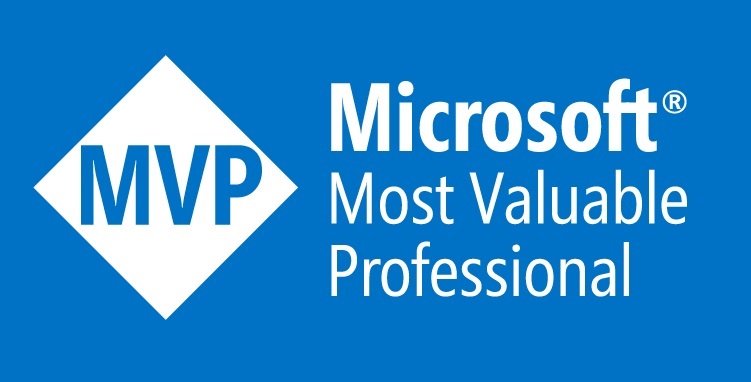Welcome to Microsoft Fabric 101 series – your comprehensive guide to mastering Microsoft Fabric. This series of articles and videos (can be found in the end of this article) is designed to help you understand and effectively use Microsoft Fabric, whether you’re a beginner or looking to deepen your knowledge. We’ll cover everything from the basics of setting up and configuring your Fabric tenant to advanced features and best practices.
Prerequisite articles:
Series:
YT:https://www.youtube.com/playlist?list=PLeYDxzh-xRvag-65pBaucGGlcf1W_8STt5
Blog: https://pl.seequality.net//?s=fabr0ic+101
Let’s get started on this exciting journey!
Microsoft Fabric uses the same Power BI tenant. If you already have a Power BI or Microsoft Fabric tenant, you have two options to enable Fabric:
- Enable Fabric at the tenant level.
- Enable Fabric at the capacity level.
In both cases, it’s assumed you have already paid for the needed capacity. If you haven’t, you can start with a Fabric trial (it is already described in the official documentation).
Let’s start by enabling Fabric at the tenant level. To do that, you need to have one of the following admin roles: Microsoft 365 Global admin, Power Platform admin, or Fabric admin (members to those groups can be assigned using Entra link – here I can recommend you to consider using Privileged Identity Management to have more secure usage of accounts with those roles assigned link).
Once you have the appropriate role, go to the Fabric/Power BI portal. Under settings, you should see a link to the Admin portal.
From there, go to the Tenant settings page to enable Fabric items. As shown in the screenshot below, you can enable it for the entire organization or for specific security groups. I strongly recommend having dedicated group(s) with this capability to avoid a situation where everyone can create all types of Fabric items without control, which can lead to a huge mess.
To check if Fabric is enabled and accessible in your organization’s tenant, sign into Power BI and look for the Power BI icon at the bottom left of the screen. Click on it to view the experiences available within Fabric. On the left picture, you can see the experience when Fabric items are disabled, and on the right picture, you can see the experience when Fabric items are enabled.
It is worth mentioning that sometimes you may see a limited list of experiences. This means that your capacity is located in a region that is not supported for Fabric items. You can find all the supported regions here: link.
As mentioned earlier, you can also enable Fabric at the capacity level. To do this, navigate to the Capacity settings in the Admin portal and then select the Fabric Capacity tab. Here, you will see all the capacities available for your tenant. I previously created a test capacity, which is why it appears here. In the next article, I will show you how to create one yourself.
When you select a specific capacity and navigate to the Delegated tenant settings tab, you can enable or disable the ability to create Fabric items. This functionality is crucial because there are scenarios where certain capacities are dedicated solely for classic Power BI items and should not be affected by Fabric at all. Settings at the capacity level can override the general settings at the tenant level, allowing Fabric to be enabled for all users of that capacity or only for specific security groups.
To verify its functionality, we can obtain permissions for a specific capacity and attempt to create a workspace. During this process, we should be able to select our Fabric capacity.
Next, we can check if we can create Fabric items within this workspace. On the left, we’ll see how it looks when Fabric items are disabled, and on the right, how it looks when items are enabled.
If you prefer video content here you have short video about our topic:
That is all for today, in this article we covered both tenant-level and capacity-level configurations. By enabling Fabric at the appropriate settings, users can control access and create Fabric items within their organization’s Power BI environment. The importance of these settings lies in managing which capacities support Fabric items versus traditional Power BI items, ensuring organizational control and operational efficiency. In the next article we will describe how to create Fabric capacity using Azure portal and Terraform script. Stay tuned!
- How to implement Microsoft Fabric successfully – part 2 - December 29, 2025
- How to implement Microsoft Fabric successfully – part 1 - December 19, 2025
- Automating Microsoft Fabric Workspace Creation with Azure DevOps Pipelines - November 18, 2025












Last comments